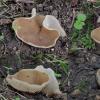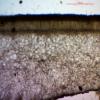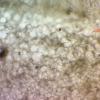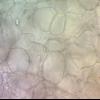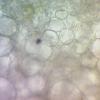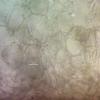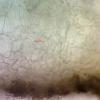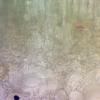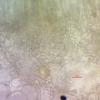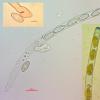
12-11-2025 09:25
 Viktorie Halasu
Viktorie Halasu
Hello, I need help with a pale terrestric Pseudom

11-11-2025 20:16
Bohan JiaHi, lastly I have found these tiny yellow decayin

09-11-2025 13:20
Hello.A tiny ascomycete, appearing as erupting gra

08-11-2025 00:29
 Francois Guay
Francois Guay
I found this species in Quebec, Canada, on herbace
Malvipezia howsei?
Marek Capoun,
10-10-2021 14:01
 Hello everybody, I need help with the determination of this Peziza.
Hello everybody, I need help with the determination of this Peziza.Spooner's key leads me to Malvipezia (Peziza) howsei, but this key does not contain many species such as P. emileia etc.
Collected at the beginning of September, in a warm mixed, mainly deciduous forest on the humous calcareous, slightly eutrophic soil under Tilia and Juglans nigra, altitude cca 300 m, .
Apothecia gregarious in a loose group, up to 60 mm on average, mostly undulate, fawn with slightly violaceous tinge.
Asci with croziers, amyloid reaction WTR type.
Ascospores with Me = 19.8 × 9.1 µm, Qe = 2.2; with 2 LBs; verrucose, warts regular, isolated, punctate or short ridges, usually more pronounced at poles. The paper "Morphological and molecular study of Peziza emileia and P. howsei, two distinct taxa" by Medardi et al. defines the different ornamentation of spores quite clearly.
Excipulum is the problem. This cited paper, and other resources, of course, states a two-layered medullary excipulum, but I can't see 2 clearly defined layers. It seems to me, there are globose cells in the upper part of tissue, but in the lower part I can see some fusoid or pyriform, globose and angular cells, but no textura intricata or something like that. The subhymenium is supposed to be made up of cells of the text. intricata too, but I see such a structure again that I would not normally consider to be an intricata.
Thanks for help.
Marek
Nicolas VAN VOOREN,
10-10-2021 18:29

Re : Malvipezia howsei?
Hi Marek.
At first sight, your collection is macroscopically similar to Malvipezia emileia, but the ascospores do not fit. So your determination is correct.
It perfectly illustrates why there are so much confusions between these two species.
Note that the one-layered excipulum seems to be a good feature to characterise species of Malvipezia.
At first sight, your collection is macroscopically similar to Malvipezia emileia, but the ascospores do not fit. So your determination is correct.
It perfectly illustrates why there are so much confusions between these two species.
Note that the one-layered excipulum seems to be a good feature to characterise species of Malvipezia.
Marek Capoun,
11-10-2021 00:58

Re : Malvipezia howsei?
Thank you, Nicolas, I liked to meet this species.
M.
M.

